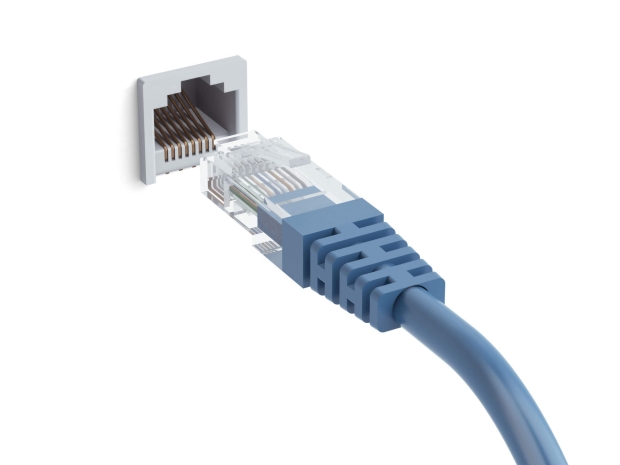The technology that emerged from the Xerox Palo Alto Research Center in California has spawned many pioneering computer technologies, including the Alto—the first personal computer to use a graphical user interface, the first laser printer and the mouse.
For those plugged into your mobiles, Ethernet is the networking technology that allows high-speed data transmission over coaxial cables. It is the standard wired local area network worldwide and widely used in businesses and homes.
Ethernet’s development began in 1973 when Charles Thacker—who was working on the design of the Alto computer—envisioned a network that would allow Altos to communicate with each other and with laser printers and PARC’s gateway to the ARPANET.
PARC researcher Robert Metcalfe, an IEEE Fellow, took on the challenge of creating the technology. Computer scientist David Boggs soon joined Metcalfe.
Metcalfe and Boggs wanted the network to be fast enough to support their laser printer, and it had to connect hundreds of computers within the same building.
The Ethernet design was inspired by the Additive Links On-line Hawaii Area network (ALOHAnet), a radio-based system at the University of Hawai’i. Computers transmitted packets, prefaced by the addresses of the recipients, over a shared channel as soon as they had information to send. If two messages collided, the computers that had sent them would wait for a random interval and try again.
Metcalfe outlined his Alto Aloha Network in a now-famous memo to his colleagues.
Coaxial cables were better than radio waves, allowing faster data transmission and limiting interference. The cables meant that users could join or exit the network without shutting off the system.
Metcalfe and Boggs designed the first version of what is now known as Ethernet in 1973. It sent data up to 2.94 megabits per second, was fast enough to feed the laser printer, and was easy to send through the coax.
A 9.5-millimeter thick and stiff coaxial cable was laid in the middle of a hall in the PARC building. The 500-meter cable had 100 transceiver nodes attached to it with N connectors, known as vampire taps. Each tap—small boxes with a hard shell—had two probes that “bit” through the cable’s outer insulation to contact its copper core. Thus, new nodes could be added while existing connections were live.
Each vampire tap had a D-type connector socket, consisting of a plug with nine pins that matched to a socket with nine jacks. The sockets allowed Alto computers, printers, and file servers to attach to the network.
Metcalfe and Boggs created the first high-speed network interface card (NIC) connected to a computer’s motherboard. It included what is now known as an Ethernet port.
In 1980, PARC released an Ethernet that ran at 10 Mb/s. The update was done in collaboration with researchers at Intel and the Digital Equipment Corp. (DEC) to create a version of Ethernet for broad industry use.
Ethernet quickly grew into the industry LAN standard. In June 1983, Ethernet was adopted as a standard by the IEEE 802 Local Area Network Standards Committee to provide computer companies with a framework for the technology.

